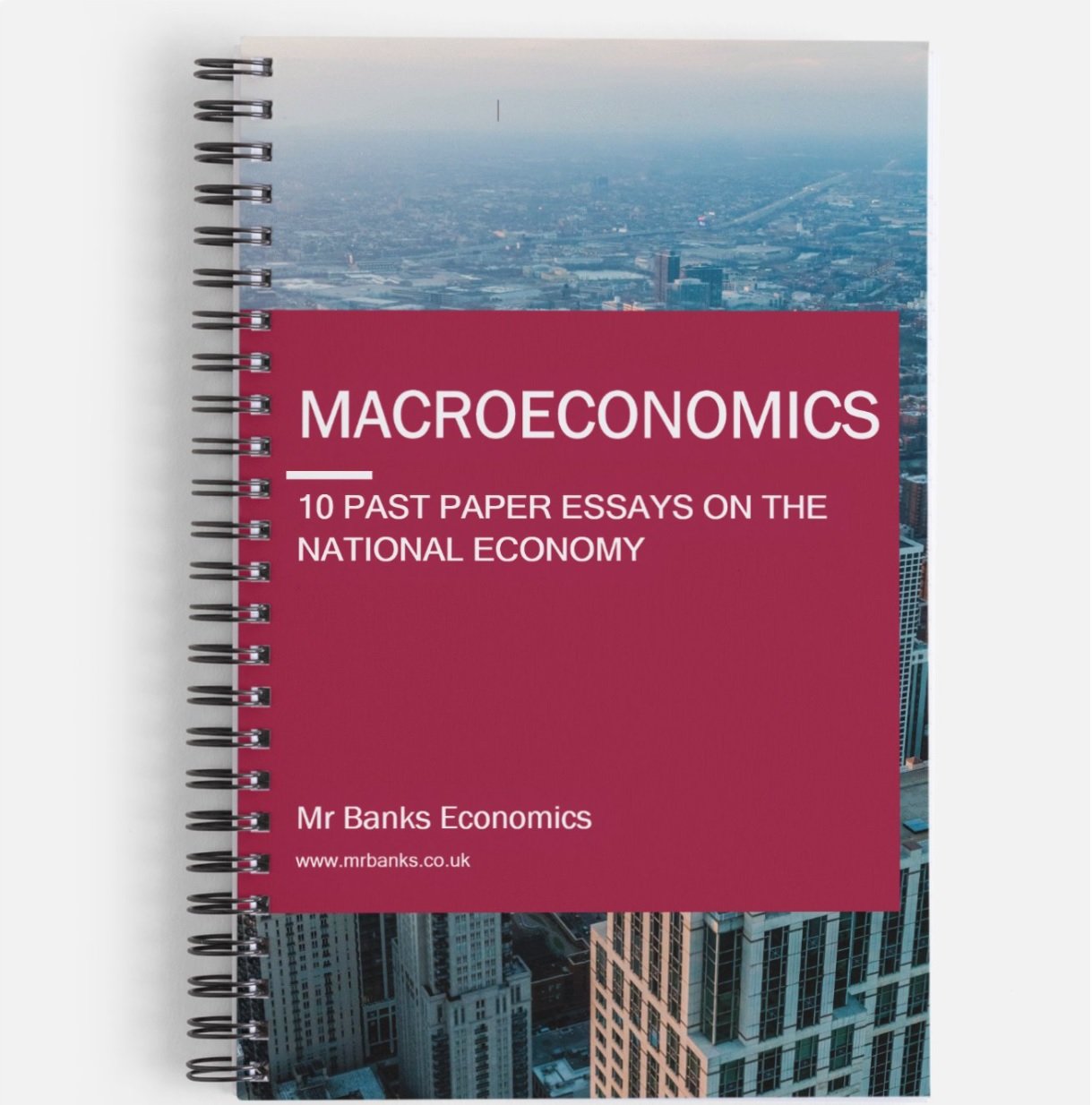Taxes & Subsidies
A-level Economics
Effects on demand and supply
Definition
Taxes are paid to the government and are either direct or indirect.
A direct tax is a tax on income, property or wealth and is solely paid by one entity. It cannot be passed onto other parties.
Examples include: PAYE income tax and corporation tax
An indirect tax is a tax on a good or service and is not necessarily paid for by one entity.
For example, a tax on cigarettes. The government taxes the company and this tax may be passed on to consumers who can choose to avoid the tax by not purchasing the product.
Check out these revision videos on taxes and subsidies…
Specific Tax Diagram
Specific Tax Diagram:. The tax is specific because it does not change with price. For example 10p per unit in the diagram above. The distance between the two supply curves shows the total amount of tax paid per unit.
The diagram above shows a tax on a good/service. Therefore, it is an indirect tax. This tax happens to be a specific tax. A specific tax is when the tax is a fixed amount i.e. 10p per litre.
A specific tax is sometimes also called a unit tax. This is because the tax is a tax per unit. Another thing to notice is that the two supply curves are parallel. This is because the tax per unit is fixed. So the distance between the two curves is the tax on the product per unit.
In the diagram above a specific tax is introduced to the good in question. This shifts the current market supply curve to the left, to S+tax. This increases the market price to point P2. Because of the law of demand, the quantity also drops to Q2, as consumers have to pay higher price than before.
The tax can be broken down into 2 parts. The consumer burden and the producer burden.
The consumer burden lies above the original market price up until the new market price.
The producer burden lies below the original market price till the point of contact on the original supply curve.
The benefit to the government in terms of tax revenue is the area of the two shaded boxes. Mathematically, it is P2P3 x Q2.
Are there any other types of indirect tax?
There is what is known as an ad valorem tax. Rather than taxing quantity like a specific tax does, the tax is a percentage based tax on the price.
VAT is an example of an ad valorem tax. The VAT rate is 20%, so you pay more tax on a good costs more money to buy e.g. the supplier sells a good for £1000. When you add VAT on it is £1200. But with another good only costs £10, and the tax for that good would be £2. An ad valorem tax is proportional to the price of the good.
Ad Valorem Tax Diagram: shows an ad valorem tax on a good. The tax rate is 20% and the total amount of tax paid increases when the price of the good goes up.
The above is the ad valorem tax diagram. We have a VAT tax rate of 20%. As the price of the good goes up, the amount of tax increases but the proportional amount (20%) stays the same.
What are subsidies?
Definition: a subsidy is a payment made to a producer by a governement to help keep prices low prices and to encourage consumption/production.
A subsidy allows the producer to produce more at the same price because of the financial aid coming from the government. Unlike a tax, a subsidy has a positive effect on the supply curve by shifting it to the right.
Subsidy Diagram: this shows the positive effects of a subsidy in the market. There is a £10 per unit subsidy offered to producers.
From the diagram above you can see a subsidy has a positive effect on supply and a positive effect to consumers by allowing prices to fall. The financial aid from the government has meant that firms are more willing and able to supply than before. Price decreases from P1 to P2 and quantity rises from Q1 to Q2.
The benefit of the subsidy can be split into 2 boxes. The purple box shows the producer benefit and the light blue box shows the consumer benefit.
The consumer benefit can be calculated by the distance between the old price and new price. This is essentially how much the consumer saves compared to the situation before when there was no subsidy.
The producer benefit is the box area with width between P1 and P3. This is how much more they are getting over the original price of P1 from the government.
The total cost to the government of the tax is the area of the two shaded boxes. So mathematically, it is P2P3 x Q2.
What have we learned?
Definition of taxes: Direct vs Indirect
Specific tax diagram (Indirect tax)
Ad valorem tax diagram (Indirect tax)
Definition of subsidies
Subsidy diagram
IF YOU WANT GOOD GRADES FAST, BUY THESE BOOKS!
MACROECONOMICS MODEL ANSWER BOOK
10 Past Papers with Model Answers on the National Economy
Written by an experienced Economics tutor
Full model answers with diagrams
Suitable for all UK Economics exam boards
Physical booklet
£20.00
MICROECONOMICS MODEL ANSWER BOOK
10 Past Papers with Model Answers on Market Failure
Written by an experienced Economics tutor
Full model answers with diagrams
Suitable for all UK Economics exam boards
Physical booklet
£20.00







